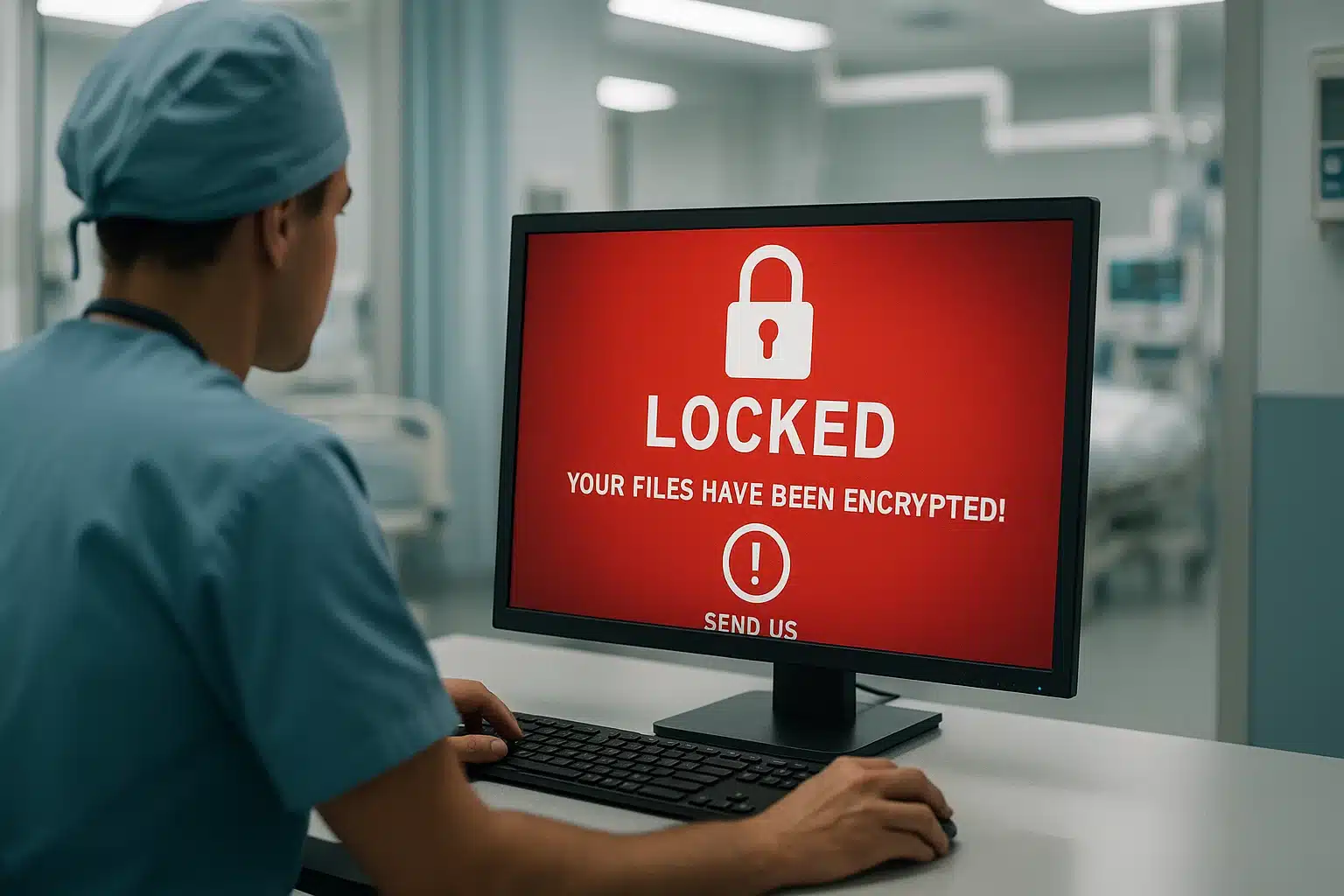In today’s digital landscape, cyberattacks are relentless, sophisticated, and increasingly costly. Yet, many government regulations designed to protect sensitive data and critical infrastructure fall short, not because they lack good intentions, but because they fail to explicitly require penetration testing as a standard practice. This regulatory ambiguity is harming companies, leaving both businesses and consumers more vulnerable than they need to be.
The Problem: Regulatory Vagueness and Its Consequences
Take HIPAA, for example. This landmark regulation was crafted to help healthcare entities of all sizes protect patient data and make informed decisions about compliance. However, HIPAA does not specifically state that penetration testing is required.
“Perform a periodic technical and nontechnical evaluation, based initially upon the standards implemented under this rule and, subsequently, in response to environmental or operational changes affecting the security of electronic protected health information, that establishes the extent to which a covered entity’s or business associate’s security policies and procedures meet the requirements of this subpart.”
Instead, it mandates a risk assessment and evaluation, and the implementation of “reasonable and appropriate” safeguards. The result? Many organizations interpret this as an opportunity to skip penetration testing, often due to budget constraints or a lack of understanding about its importance.
This regulatory gray area creates a loophole: companies that are reluctant to invest in robust security measures can simply opt out, claiming compliance through less rigorous means. In practice, this means vulnerabilities go untested, systems remain exposed, and patients’ sensitive health information is put at risk.
Why Explicit Requirements Work: Lessons from Other Frameworks
Contrast HIPAA’s ambiguity with frameworks like PCI DSS and GLBA, which do require regular penetration testing. For example, the PCI DSS mandates annual (or more frequent) internal and external penetration testing. The GLBA now requires annual penetration tests and biannual vulnerability assessments for organizations handling financial data, unless they have effective continuous monitoring in place.
“For information systems, the monitoring and testing shall include continuous monitoring or periodic penetration testing and vulnerability assessments. Absent effective continuous monitoring or other systems to detect, on an ongoing basis, changes in information systems that may create vulnerabilities, you shall conduct:
(i) Annual penetration testing of your information systems determined each given year based on relevant identified risks in accordance with the risk assessment; and
(ii) Vulnerability assessments, including any systemic scans or reviews of information systems reasonably designed to identify publicly known security vulnerabilities in your information systems based on the risk assessment, at least every six months; and whenever there are material changes to your operations or business arrangements; and whenever there are circumstances you know or have reason to know may have a material impact on your information security program.”
These explicit requirements leave little room for interpretation. Companies know exactly what is expected, auditors have clear standards to measure against, and, most importantly, systems are regularly tested for weaknesses before attackers find them.
The Real-World Impact: Why Companies Need Clear Direction
When regulations are vague, the organizations most likely to cut corners are those with the least cybersecurity maturity or the tightest budgets. This isn’t just a theoretical risk:
- Healthcare providers may skip penetration testing, exposing patient records to ransomware and data breaches.
- Financial firms might perform only the bare minimum, leaving customer data vulnerable to sophisticated attacks.
- Small businesses, more often targeted by attackers than many would think, may not even realize penetration testing is a best practice, let alone a necessity.
This patchwork approach undermines the very purpose of regulation: to create a baseline of security that protects everyone.
The Solution: Make Penetration Testing a Clear-Cut Requirement
Government entities must recognize that ambiguity is the enemy of security. By explicitly stating that penetration testing is required, at defined intervals and scopes, regulations would:
- Remove the guesswork for compliance teams
- Level the playing field, so all organizations meet the same security standards
- Provide auditors with clear benchmarks
- Reduce the risk of costly breaches and regulatory fines
Notably, when regulations have adopted explicit language, such as the recent updates to GLBA, compliance, security, and accountability all improve.
Conclusion: Clarity Is Security
Regulations like HIPAA were designed to protect, but their lack of explicit requirements for penetration testing leaves too much up to interpretation. This ambiguity enables cost-cutting at the expense of security, putting sensitive data and critical systems at risk. For the safety of businesses and the public, it’s time for regulators to close the loophole and make penetration testing a clear, non-negotiable requirement.
Don’t wait for a breach to reveal your vulnerabilities. Demand clarity from your regulators, and make penetration testing a regular part of your security strategy.
MainNerve offers great options for those with a more budget-minded approach. Contact us today to get your free consultation.



